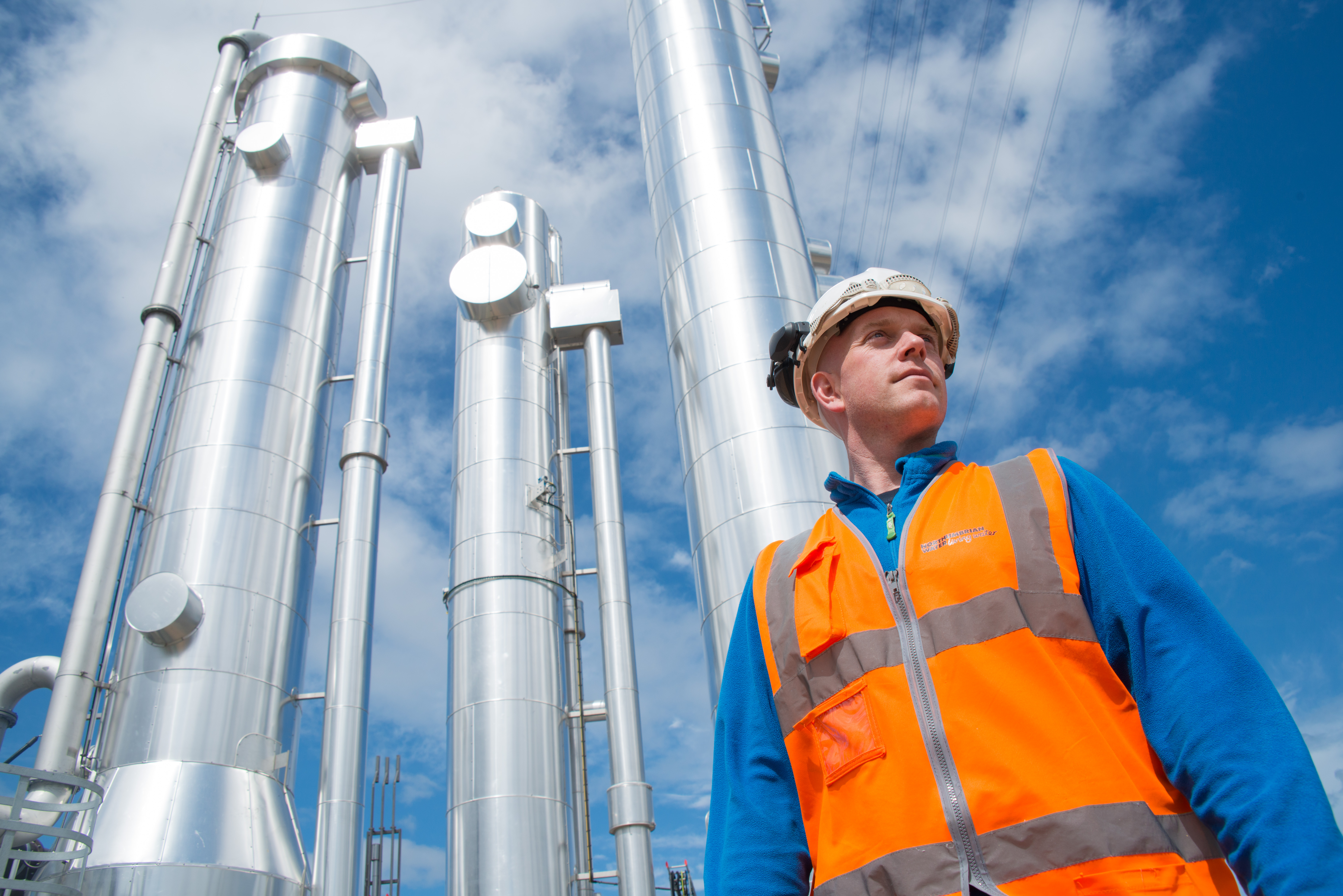
Northumbrian Water will achieve Net Zero emissions by 2027.
Our Emission Possible document outlines the successful progress made so far, having seen our carbon emissions fall from 303,000 tonnes in 2008 to just 56,000 tonnes in 2020, and how we plan to hit that target of zero.
Case studies
We are industry leaders in using our customers’ waste to create green energy.
We were the first, and are still the only, water company to use 100% of the sludge from our wastewater treatment to create energy, literally Power From Poo – and this is a significant part of how we are already well on our way to Net Zero.
Advanced Anaerobic Digestion plants on Tyneside and Teesside process around 2 million cubic metres of sludge to generate 10MW of energy, enough to power around 20,000 homes.
The residual inert “cake” is then transported to be used as fertiliser. The switch from moving liquid sludge to transporting solids has also meant 90,000 tankers per annum have been replaced by 10,000 trailers, reducing our carbon emissions even further.
Both sites also utilise gas-to-grid plants to pass energy produced into the National Grid.
Richard Murray, Head of Wastewater Treatment and Bioresources, said:
"Our Power From Poo processes create a cycle of waste and green energy. Customers cook using gas, eat their dinner, and this creates waste that is flushed into our network. We then treat that waste and elements are used to create gas that goes back into the National Grid and may then be used to cook more meals."
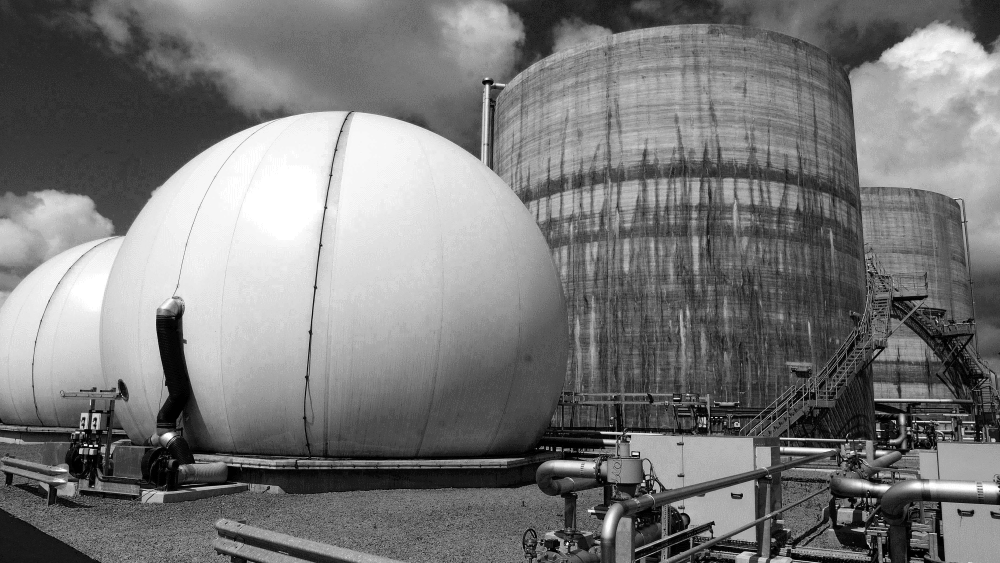
We’re turning children into protectors of water and guardians of the water cycle.
Reducing water usage is at the heart of The Ripple Effect, our new educational initiative that harnesses the enthusiasm young people have for protecting the environment.
A simple tool for teachers and parents, the free online programme aims to change the way children think and feel about water.
Preserving precious water resources also helps drive towards Net Zero; around 25% of the water we use in the home also uses energy, through things like boiling kettles and taking showers.
Additionally, reducing the amount of potable water we need to produce reduces energy consumption at treatment works.
Tim Wagstaff, Northumbrian Water’s Lead Water Efficiency Manager, said:
"Children now care more about how they treat the environment - it's like the ‘Greta Effect'.
"By making small changes to the way we use water, we can protect our precious water supplies, and it is really important that we properly educate the next generation so that we can create positive change for the future.”

We’re making the invisible visible, reducing carbon emissions and saving lives and money, with our ground-breaking National Underground Asset Register (NUAR) project.
Most utilities have assets buried beneath the ground – some 1.5 million km in total. But, until now, they have never all been mapped in one place.
The first-ever NUAR is being created alongside a range of partners and with backing from the Government’s Geospatial Commission.
Developed from an idea at our first Innovation Festival, the NUAR will contribute to reducing potentially lethal utility ‘strikes’ that cost an estimated £1.2 billion to the UK economy.
With the availability of shared data and greater knowledge before ground is broken, it will also help reduce carbon by increasing the efficiency of utilities’ digs. Where in the past companies may have had to halt a dig when we encounter another utility pipe or cable, and do extra digging around it, and potentially extra re-surfacing. The NUAR increases the chances of making that first dig the only one that’s needed.
Clive Surman-Wells, Northumbrian Water’s Innovation Partnership Manager, said:
"With greater knowledge comes greater efficiency. Utility strikes often happen when a company digs into the ground and hits a pipe or cable they didn’t know was there. As well as being potentially fatal, costly, and possibly bad for the company’s reputation, it means more digging. By increasing our ratio of getting the dig right first time, we reduce carbon by decreasing the need for that extra energy usage.”
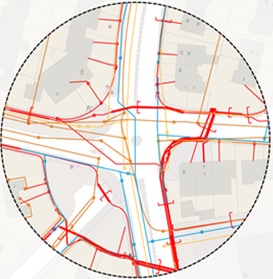
We’re working with Newcastle University to use Digital Twin technology to improve asset management and incident response, creating tools and models that can deliver carbon reduction for us and our partners.
Working with post-graduate students, we’ve been gathering real-time data from water and sewer networks and focusing on wastewater process control and decision support to drive carbon reduction and maximise the value of the energy we create.
The aim is to attract funding to operationalise the tools and models developed, and allow them to be commercialised by the University.
We also use Digital Twins to run computer-generated simulations of incidents such as burst mains, to show in minutes what could happen to homes and communities during such events, again boosting response efficiency.
Chris Jones, Northumbrian Water’s Research and Development Manager, said: "Our use of Digital Twins came out of our 2018 Innovation Festival. The benefits are all about efficiency, for us and partners such as emergency responders, through identifying problems more quickly and easily and improved planning, decision-making and response times.”
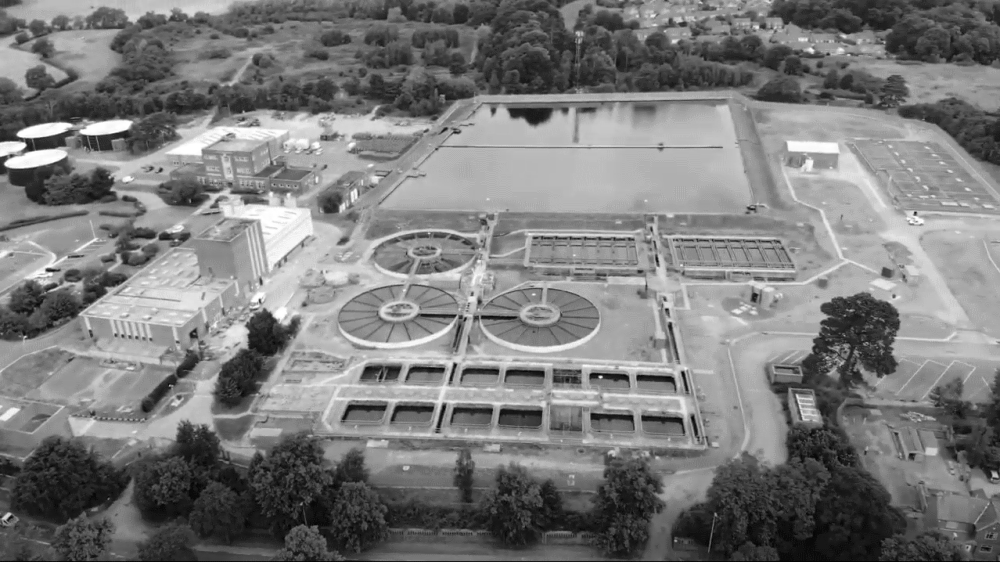
Photo credit: Nick Blake
Our reed beds at Hanningfield were a first for sustainable drinking water treatment, representing a saving of 70 tonnes of CO2 emissions a year, compared with the traditional system
They provide a natural method of dealing with the sludge, which is a by-product of the water treatment process, recycling the water back into the reservoir for re-use. They remove the need for mechanical or chemical processes, along with the associated maintenance, labour and power.
Containing 16 reed beds, with a surface area of more than 10 acres, the natural plantation is now an essential part of the drinking water treatment process for the nearby water treatment works.
Separating silts and algae from the raw water as part of the treatment process creates up to three million litres of a sludge containing ferric used in the treatment process every day.
Katie Davis, Northumbrian Water Group’s Project Portfolio Manager and Project Manager, said: “Most of the sludge is water which, once treated, can be naturally recycled back to the reservoir for re-use, removing mechanical or chemical processes, along with the associated maintenance, labour and power.
“The creation of the new reed bed is also an important addition to the wildlife habitat of the reservoir – so a cleaner, more efficient, natural and environmentally beneficial scheme.”
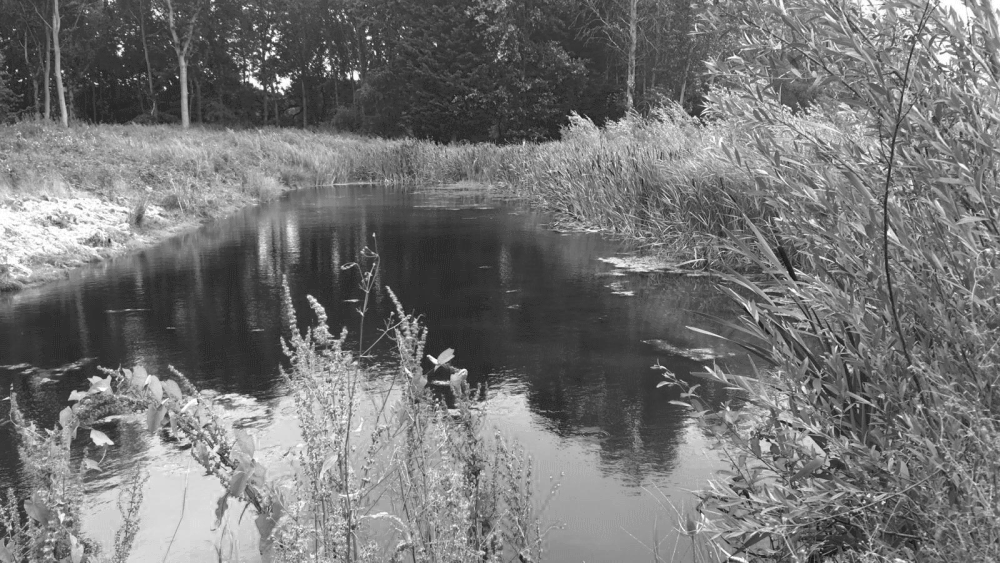
We have 1,886 sites across the North East, Essex and Suffolk – and every one of them is powered by renewable energy.
Since April 2018, a new green electricity deal has covered everything from our largest treatment works down to our smallest telemetry systems.
This means we can achieve 125,000 tonnes of CO2 savings each year - over 600 times the weight of the Angel of the North.
Graham Southall, Northumbrian Water’s Group Commercial Director, said: “As well as supporting our renewable energy activity and drive towards Net Zero by 2027, these agreements will help drive down costs of operation through a long-term fixed price for electricity.”
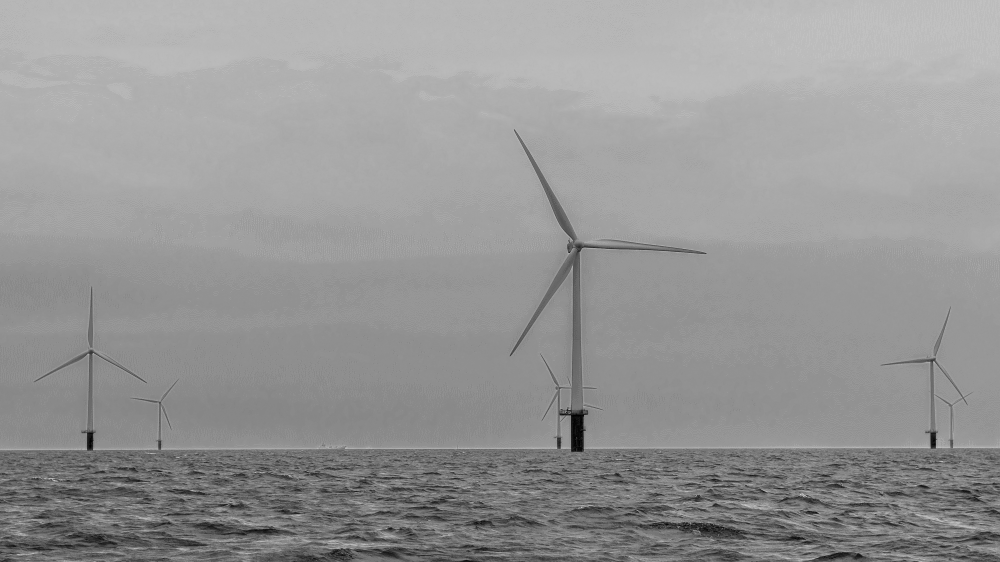
We have the largest hydropower plant of its kind in England and are harnessing the power of water to provide a hydroelectricity boost on our road to Net Zero.
We own the 6,000kW station at Kielder Reservoir in Northumberland, which is operated by a third party. In addition, we host stations for other operators at Selset and Hury reservoirs in Teesdale, supporting wider green power generation.
This is in addition to our own hydroelectric stations at three water treatment works, Mosswood, Wear Valley and Lartington, as well as at Derwent, Grassholme and Cow Green reservoirs.
Graham Southall, Northumbrian Water’s Group Commercial Director, said: “Water is our primary business, so it is naturally also our ally in the journey to Net Zero. The hydropower plant at Kielder is the largest of its kind in England, generating some 20,000 megawatt hours per year of electricity – enough to meet the annual needs of around 5,000 households.”

We’re spending 60p in every pound within our operating areas – providing support for businesses and people within our communities, but also helping reduce carbon emissions.
By spending more within the North East of England and in Essex and Suffolk, we get an environmental gain comes from reducing travel and vehicle movement.
The desire to increase spending above that level was set out as part of the ambitious goals we laid out in our Business Plan 2020-25, as we strive to help build successful economies in our regions, and has been achieved in 2021.
Graham Southall, Northumbrian Water’s Group Commercial Director, said: “Our 60p in every pound commitment is a win-win. We back businesses in the areas we serve, which in turn supports people and communities, and it naturally means the journeys made as part of our supply chain are reduced, because more are coming from close by.”

Having led the industry on creating 'Power From Poo through Anaerobic Digestion' and gas-to-grid technology, we’re now working to harness your waste to create green fuel for vehicles.
Our industry-first Organics Ammonia Recovery project will recover ammonia from wastewater and directly convert it into green hydrogen for beneficial use in the emerging hydrogen economy, for fuel cell powered buses, HGVs and trains.
By converting the recovered ammonia into hydrogen fuel, this will contribute to the Government’s green gas and renewable fuel agenda and help us lead the water industry as it accelerates towards Net Zero.
Andrew Moore, Northumbrian Water’s Research Co-ordinator, said: “Not only will this project help us to achieve zero emissions, but it will also improve ecological status of our rivers and test whether we can not only treat waste but recover it to add value.”
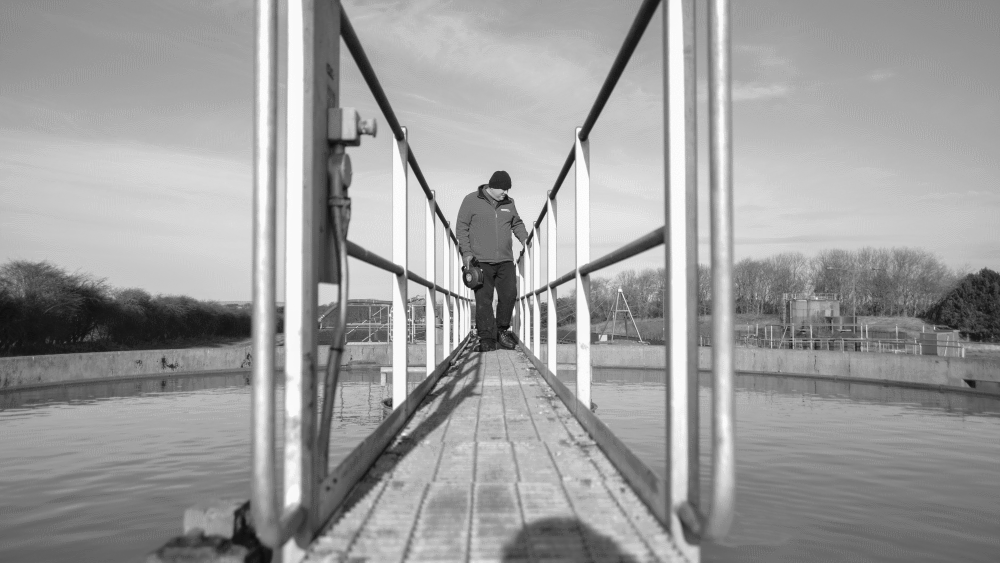
Our solar plans are looking bright as it is set to expand the way it harnesses energy from the Sun.
Building on a 943-panel solar array on the rooftops of our sewage treatment works at Bran Sands, on Teesside, and 166 panels at our Trinity House offices in Suffolk, we’re planning to build a further five solar farms at water and wastewater treatment works in the North East and South East of England.
The new sites will be built by the end of 2021 and are set to produce enough energy to power 1,500 homes.
More than 80% of this will be used to power the sites themselves, adding further to our on-site energy generation activities.
Anthony Browne, Northumbrian Water’s Energy and Decarbonisation Manager, said:
"The environment is at the heart of everything that we do so, while we will deliver carbon performance improvements with these new solar farms, we will also work to manage these developments sensitively, so that they also deliver benefits for local biodiversity.”



